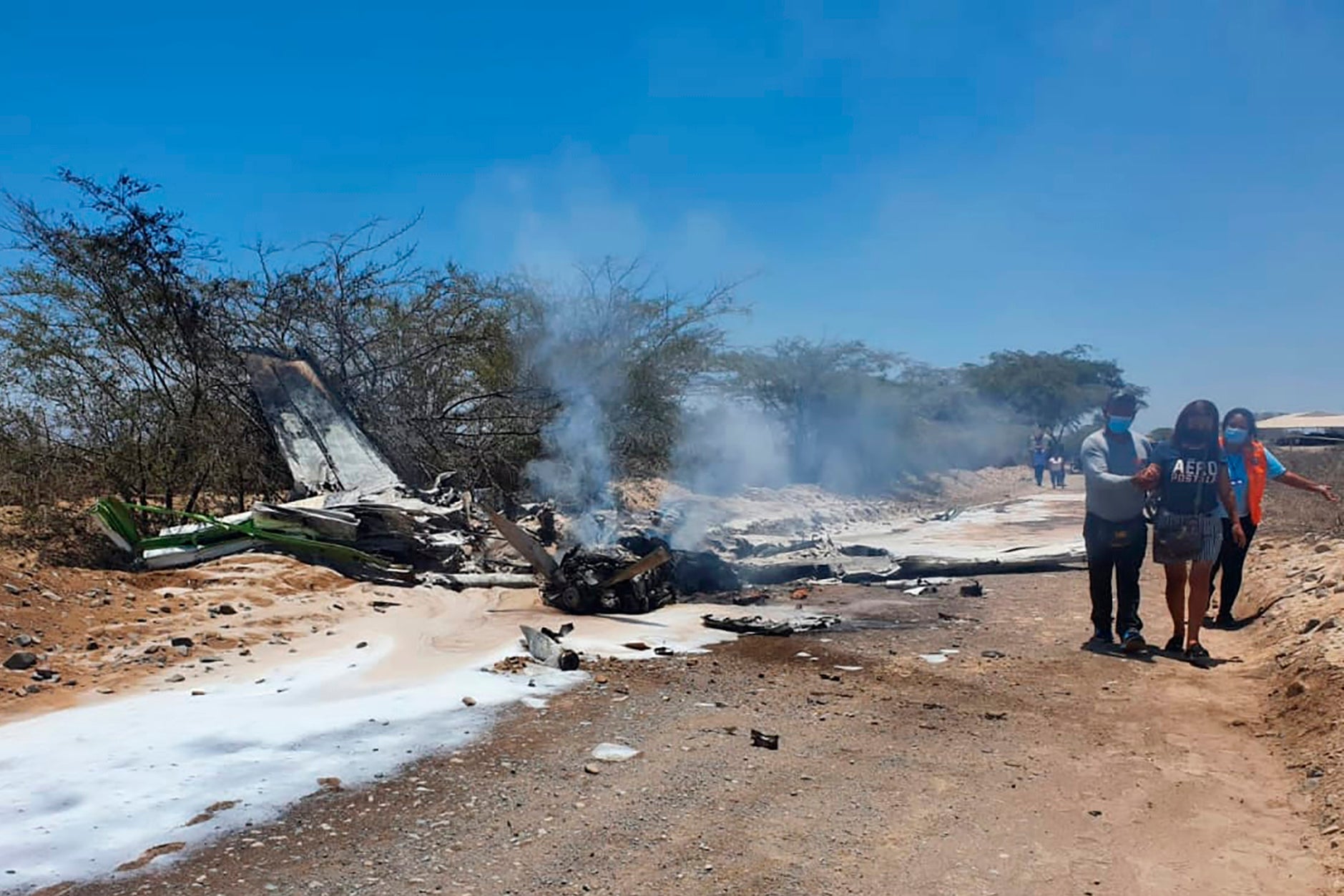7 killed when plane on Nazca lines tour crashes in Peru
Authorities in Peru say a light plane carrying sightseers on a tour of the huge Nazca lines scratched in a coastal desert has crashed, killing all seven people aboard

Your support helps us to tell the story
From reproductive rights to climate change to Big Tech, The Independent is on the ground when the story is developing. Whether it's investigating the financials of Elon Musk's pro-Trump PAC or producing our latest documentary, 'The A Word', which shines a light on the American women fighting for reproductive rights, we know how important it is to parse out the facts from the messaging.
At such a critical moment in US history, we need reporters on the ground. Your donation allows us to keep sending journalists to speak to both sides of the story.
The Independent is trusted by Americans across the entire political spectrum. And unlike many other quality news outlets, we choose not to lock Americans out of our reporting and analysis with paywalls. We believe quality journalism should be available to everyone, paid for by those who can afford it.
Your support makes all the difference.A light plane carrying sightseers for a tour of the Nazca lines in the Peruvian desert crashed Friday, killing all seven people aboard, authorities said.
Brigadier Juan Tirado, a firefighter with the 82nd Fire Company in Nazca, said the plane went down near an airfield in the city. “There are no survivors,” he said.
Aero Santos, the tour company that owns the plane, said the craft carried five tourists, pilot and co-pilot. The nationality and identities of the tourists had yet not been determined.
The Nazca lines are huge etchings depicting imaginary figures, creatures and plants that were scratched on the surface of a coastal desert between 1,500 and 2,000 years ago. They are believed to have had ritual astronomical purposes and are recognized by UNESCO as a World Heritage Site.